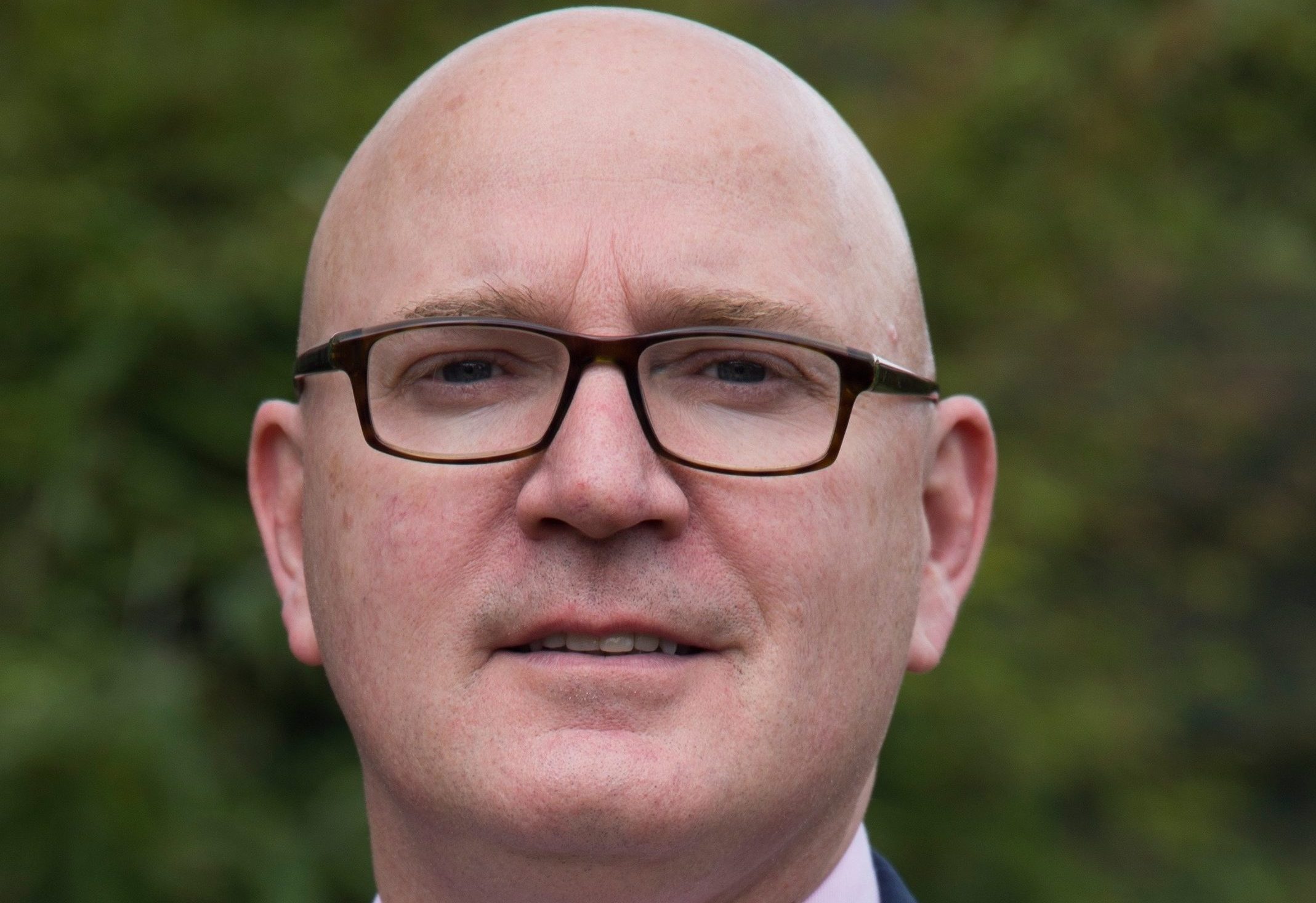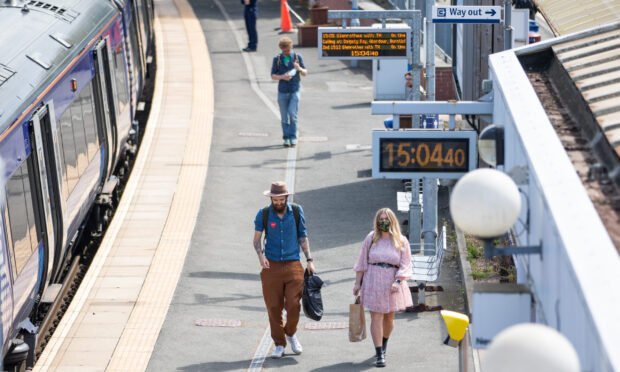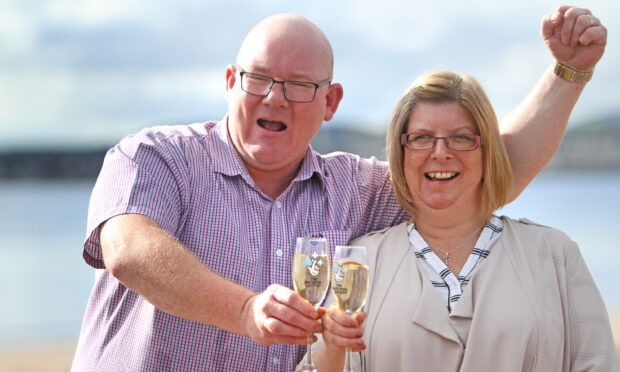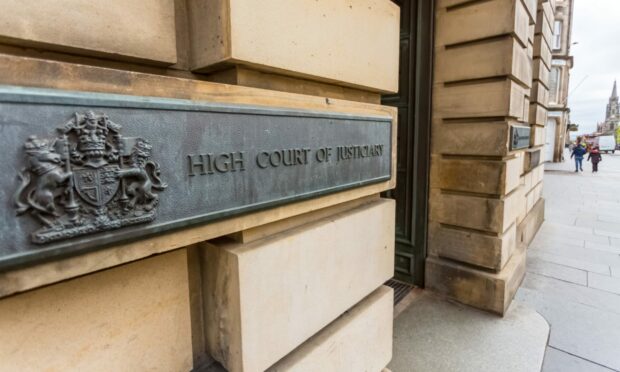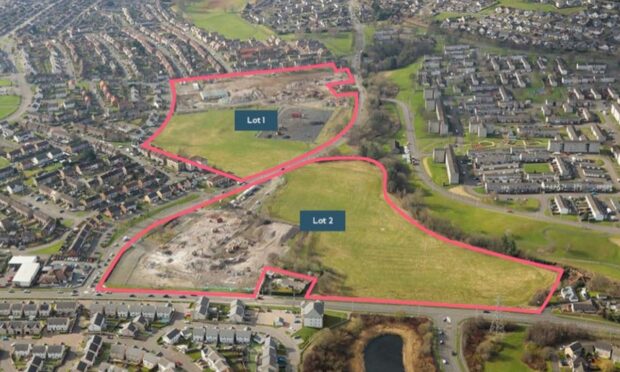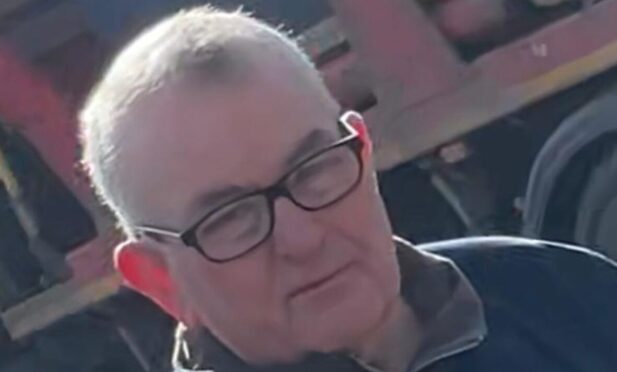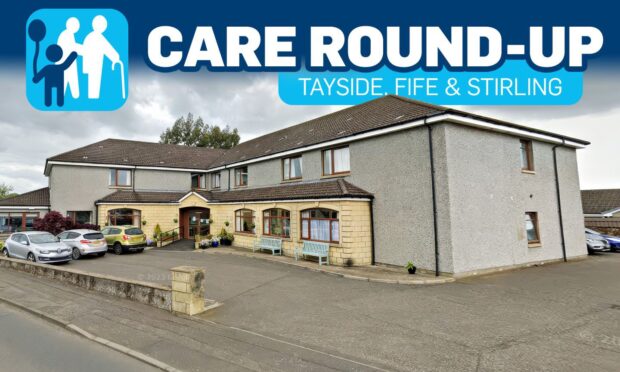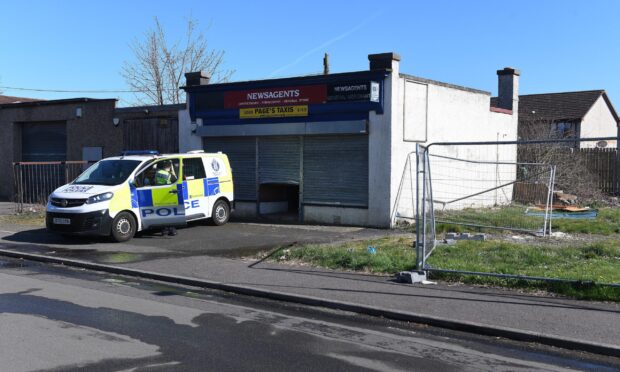Fife Council’s new SNP group leader has given a commitment to ensure communities are at the heart of decisions.
Dunfermline Central councillor Neale Hanvey said he wants to see communities have a greater say on local issues.
Mr Hanvey has taken over as leader from councillor Brian Goodall who stepped down for health reasons last week.
Paying tribute to Mr Goodall, Mr Hanvey said: “It is a real privilege to be entrusted by my SNP colleagues with the responsibility to lead the group.“As we look forward to the council elections in May, what’s clear to me is that communities across Fife feel detached from what they perceive as an increasingly remote Labour administration.
“I believe passionately that communities should be supported and enabled to be at the centre of decision making, giving them a strong voice that drives the direction of Fife Council.”
Rather than a process “which tells our communities what is to be done to them” he wants to ensure Fifers are genuinely listened to and given the chance to empower their community.
Meanwhile, Fife Labour has kicked off its local election campaign.
With only a few candidates still to be selected, the team chosen to contest May’s elections includes a mix of existing councillors and new faces.
Leader David Ross and depute Lesley Laird will both be seeking re-election as will current area chairs Helen Law, Neil Crooks, Bobby Clelland and Tom Adams.
In Dunfermline, Provost Jim Leishman and long serving councillor Bob Young will be standing again and in St Andrews Brian Thomson will be putting himself forward once more.
In Kirkcaldy, housing spokesperson Judy Hamilton will also be seeking re-election.
A full list of candidates will be announced once selections are complete.
Fife Labour said it will be fighting the election on its record, highlighting achievements such as delivering what is the largest social housing programme across the UK.
The group highlighted its record on education, skills and training.
Fife has, it said, bucked the national trend as the attainment gap between pupils from less well off and more affluent households narrows, and literacy and numeracy rises.
